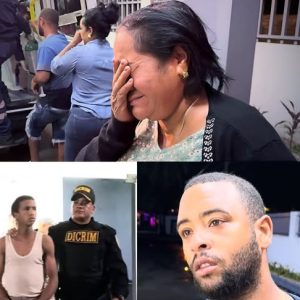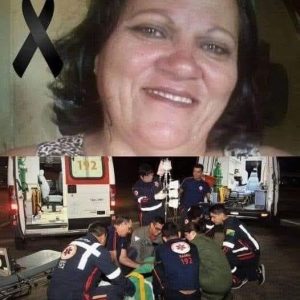On early Wednesday morning, the lively and historic French Quarter in New Orleans was rocked by a horrifying attack that resulted in the deaths of at least ten people. The community is in deep mourning after an incident involving explosive devices and firearms, leaving law enforcement agencies racing to understand the sequence of events that resulted in this tragedy. Federal authorities are working tirelessly on their investigations and have initiated a manhunt for three men and one woman believed to be behind the attack, having allegedly planted explosive devices in the area prior to the incident.
Shamsud Din Jabbar, a 42-year-old man, was the immediate perpetrator of the attack. He was killed during a brief but intense shootout with police officers who responded to the scene. In the midst of the confrontation, authorities found a substantial stash of items in Jabbar’s vehicle. This included an improvised explosive device (IED), a black flag linked to the extremist group Islamic State of Iraq and Syria (ISIS), and a large assortment of firearms. The sighting of the ISIS flag has sparked concerns regarding possible extremist motives linked to the attack.
Adding to the complexity of the situation, Louisiana State Police have confirmed that there are more explosive devices—pipe bombs set up for remote detonation—found in several busy locations across the French Quarter. These devices were carefully positioned to create maximum chaos and fear, focusing on areas that attract both locals and tourists alike.
Authorities have labeled the attack as one of the most coordinated acts of domestic terrorism we’ve seen in recent times. It all started in the early hours of Wednesday, surprising many residents and visitors alike. The attack’s unexpected nature and its extensive reach suggest that there was a significant amount of planning and teamwork involved among those responsible.






